The legend of Lasseter and the Pixar Luxo lamp
Originally published 12 May 2014. Updated 6 July 2017 in celebration of the Pixar Luxo lamp’s 80th anniversary. By Film and Furniture founder, Paula Benson.
The scampish animated task lamp in the Pixar ident has always tickled me. It stands out a mile from all the dull, corporate-looking big-name logo sequences that herald the start of a movie. Coincidentally, I was reading the brilliantly written Steve Jobs biography recently and it shed a lot of light (no pun intended) on the subject of said lamp – the ‘Pixar Luxo lamp’.
Back in the mid 80s George Lucas’s film studio Lucasfilms had a computer division named Pixar with a team of digital animators making short films – led by a cartoon-crazy executive called John Lasseter (who had started out at Disney). Steve Jobs love of combining creativity and technology meant that when Pixar, then very much a sideline, came up for sale (a necessity partly due to Lucas’s divorce), Jobs put up a large investment and took control together with two of its head honchos. The animation division grew largely out of Jobs and Lasseter’s shared passion for graphic design and humanising technology.
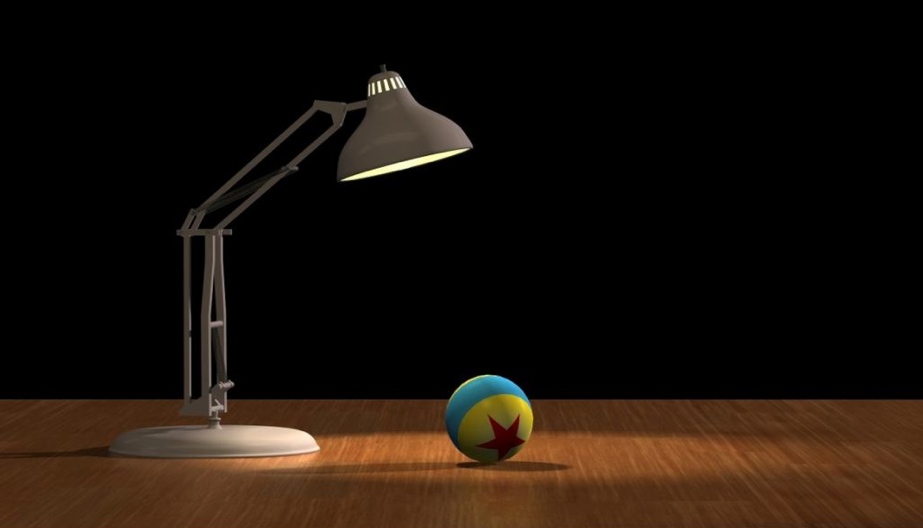
An early animated lamp short film was the result of an internal brief to show off Pixar’s then focus – the hardware and software – at the 1986 computer graphics conference SIGGRAPH.
A Luxo L-1 lamp was sitting on Lasseter’s desk at the time and being used as a model for a graphic rendering. Thus he decided to turn the Luxo into an animated lifelike character, adding in Luxo Jr and turning it into a short story that told the tale of a parent lamp and a child lamp pushing a ball back and forth. ‘Luxo Jr’ got a standing ovation the first time it was shown at the SIGGRAPH conference and was the first CGI film to be nominated for an Academy Award.
It excited Jobs no end, exclaiming that it was the only film that had ‘art to it’, not just good technology and he continued to pump money into that side of the business (even when it clearly wasn’t making money) enabling Lasseter and the animation department to develop their passion for animation and story telling with characterful inanimate objects in films such as Tin Toy in 1988.
Pixar’s later hook-up with Disney resulted in the classic Toy Story (1995) and I guess the rest is history in terms of how Pixar became such an influential and ground breaking animation studio, always brilliantly conveying emotion and for me, in set design and decor too*.
The Luxo lamp or ‘task light’ in a white base, went on to become Pixar’s mascot and production logo where, in the Walt Disney CGI variant used from 1995 to 2007, he hops in and jumps on the ‘I’ of Pixar until he has completely squashed it, then angles his “head” toward the viewer. There have been variations on this theme for Cars, Wall-E and UP.
Designed in 1937 by Luxo founder Jac Jacobsen, the Luxo L1 light celebrates its 80th anniversary this year!
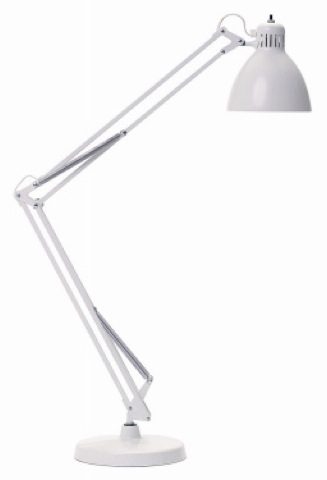
So what’s the low down and where can I get one?
The Luxo (derived from Latin – I give light) lamp designed by Jacob Jacobsen was first produced in Norway in 1937. Luxo L-1 is the original architect and designer’s lamp – a unique design, ingenious lighting properties and a flexible spring balanced arm, which allows for the graceful movement mimicked by the Pixar animation. Since its creation, 25 million L-1 luminaries have been sold worldwide. A prime example of how versatility, quality and stylish design produce a product of such long-lasting popularity.
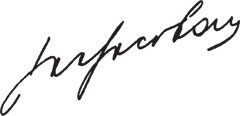
Several types are available, from table clamp to round bases and in glossy white, black and chrome.
If you want the version that was the source of the Pixar lamp then you need to choose the white version with the round base.

Contact us for latest prices for new Luxo lamp. Vintage versions can be found on Etsy.
Footnote: The story of Pixar spells out an interesting lesson I think many can learn from – it’s a specific passion and talent that drives success and business – not simply business for business sake. It was Job’s love of Lasseter’s creativity which made him originally invest in Pixar and indeed I wouldn’t hazard a guess that’s why Disney went on to buy Pixar, because they were attracted by the passion and creativity largely driven by one man and a backer and mentor in Jobs. You imagine these deals being driven by business strategy and accountants, but reading between the lines, I think Disney simply wanted Lasseter back.
All content in this feature is ©2017 Film and Furniture. All rights reserved. Content cannot be reproduced, distributed, transmitted, displayed or published without consent from the author of the website. All original images: copyrighted to the original image maker and/or film company.




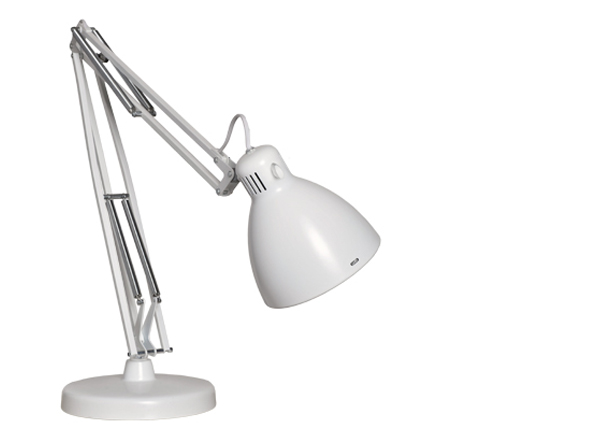
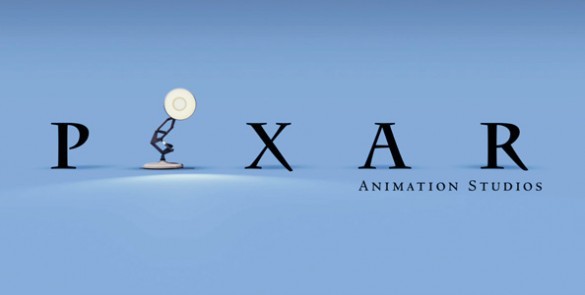
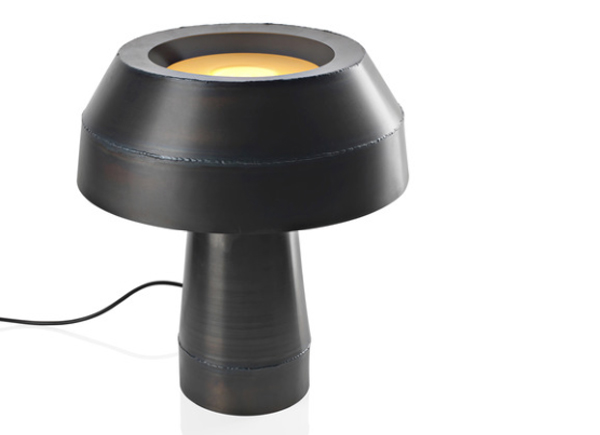
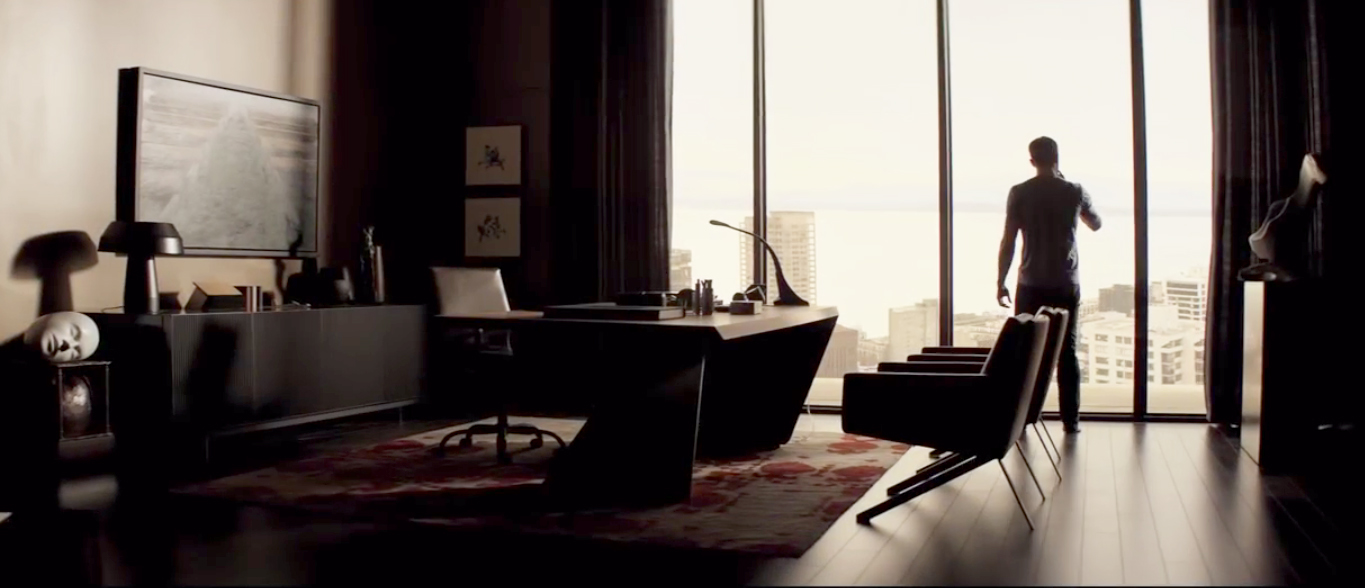
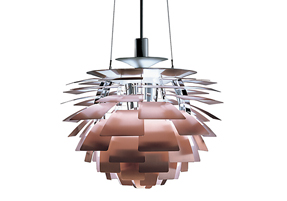
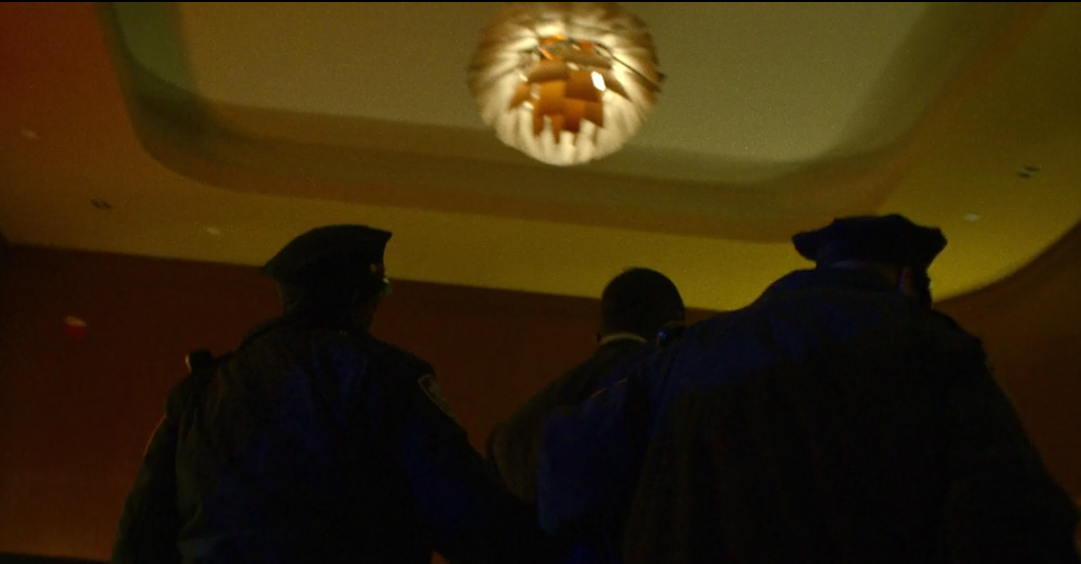
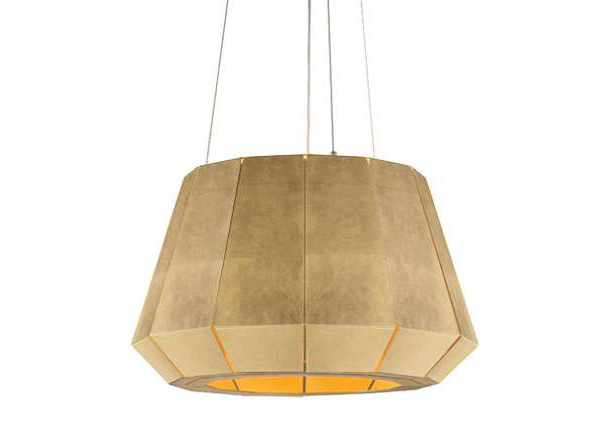
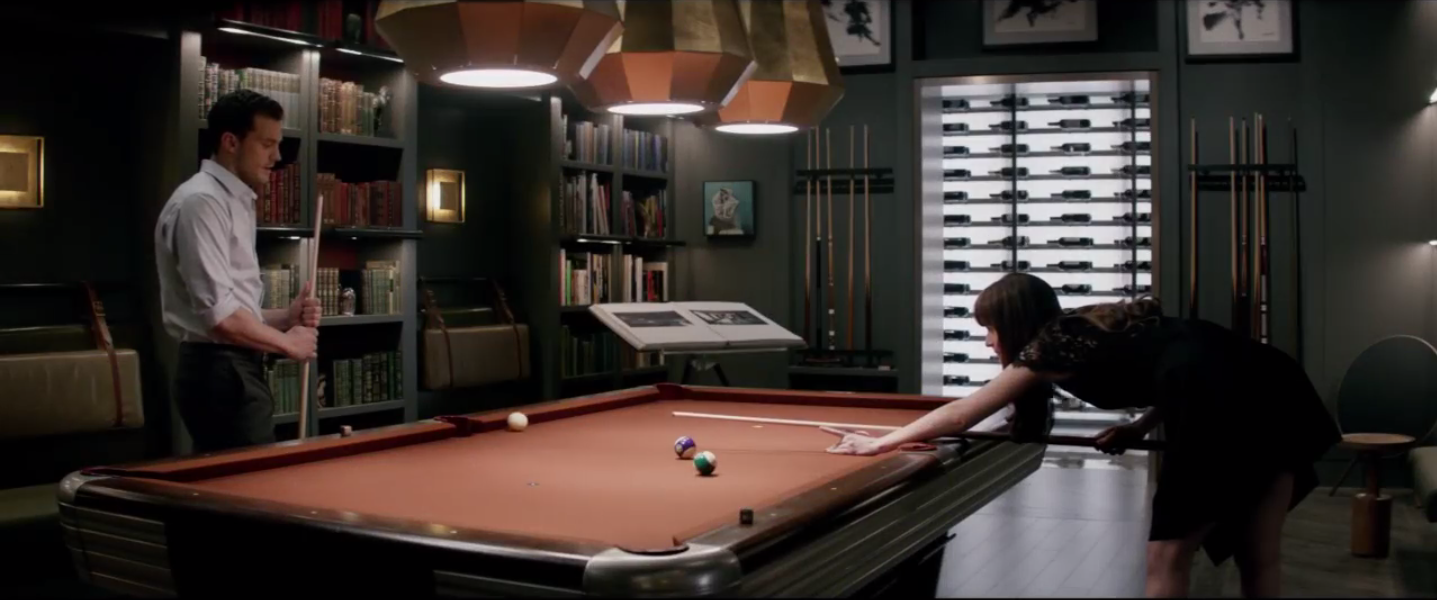
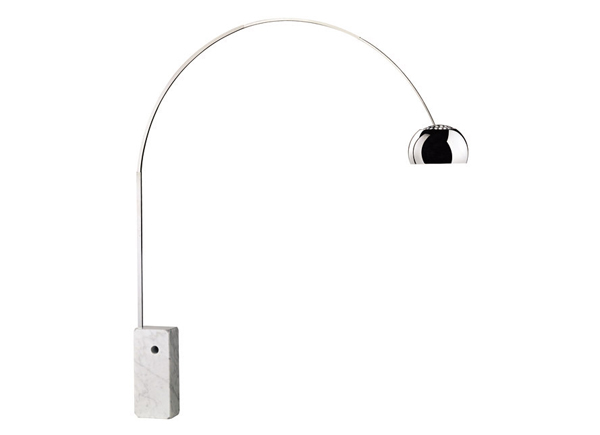
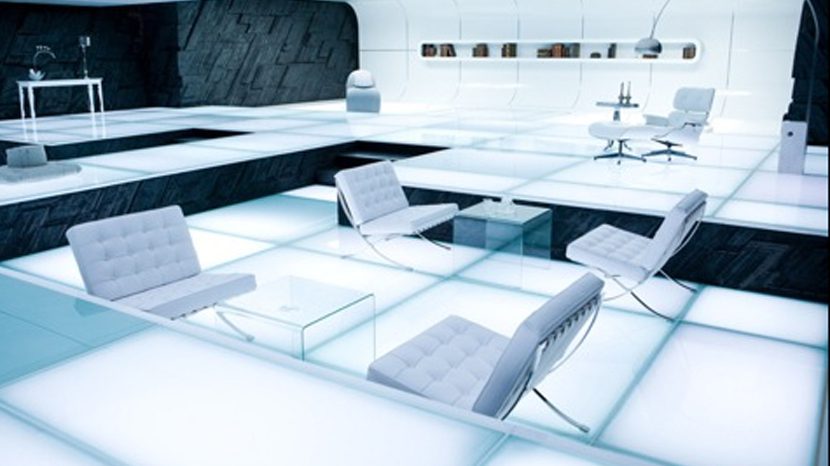
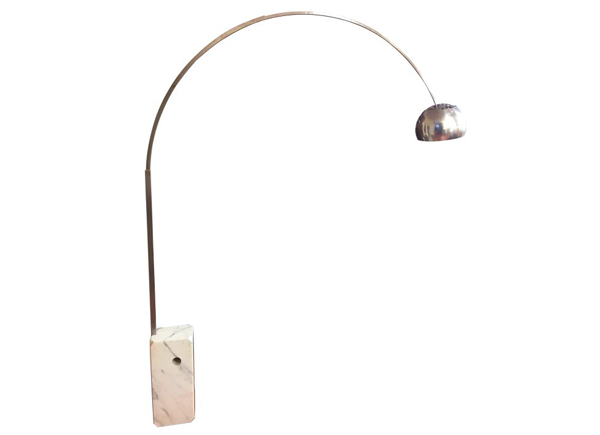


 Facebook
Facebook Twitter
Twitter Instagram
Instagram Pinterest
Pinterest RSS
RSS